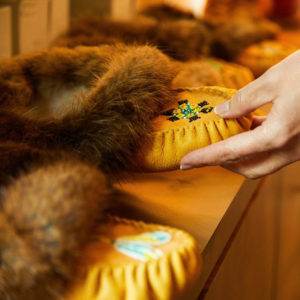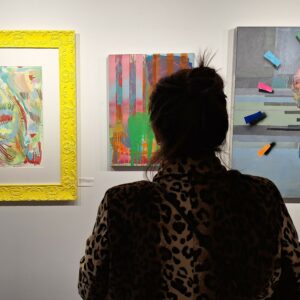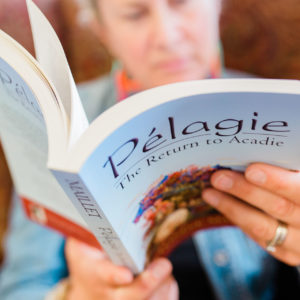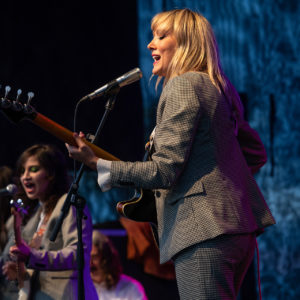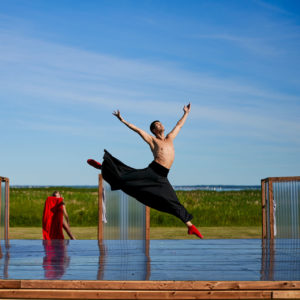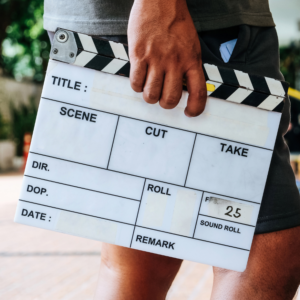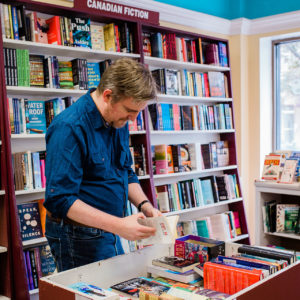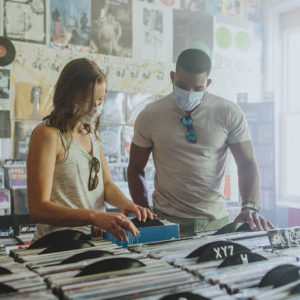
Monelle Doiron
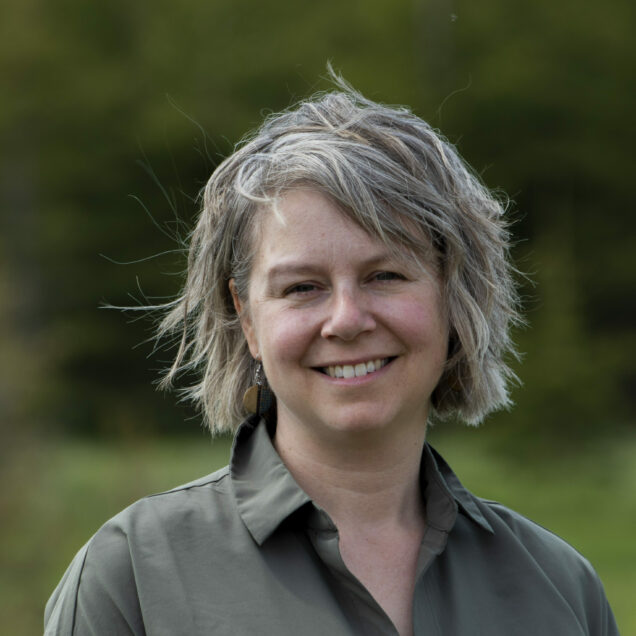
Monelle Doiron, contemporary dance artist, is originally from Rang-St-Georges, New Brunswick. She studied dramatic arts at the Université de Moncton before completing her bachelor's degree in contemporary dance at the Université du Québec à Montréal. After her studies, dance teaching took center stage in her career. It was upon her return to New Brunswick in 2009 that she began to create. She collaborates with several local artists, and in 2015 founds the collective Les Drôles de Moineaux with her life and creative partner visual artist Denis Lanteigne. Together, they explore performance, choreography and videodance. She receives the Éloizes award in the category Artist of the Year in Dance/Circus Arts with the video-dance choreographic exploration Les oiseaux en 2022.
What drew you to dance?
I can't remember what initially drew me to dance. However, digging back into my memories, I realize that I've always felt at home in it, whether it was when I first started taking dance classes as a hobby, or during my training at university and in recent years as a creative dancer.
How did your training and experience help you to create and innovate in your artistic practice?
Throughout my career, I've had excellent teachers and mentors who have shaped my vision of dance and creation. Some have challenged me more than others, but they have all left a mark, an influence. I am the sum of my experiences and encounters, whether artistic or not. Ultimately, it's my explorations that have shaped me as a choreographer. It's by doing that you find.
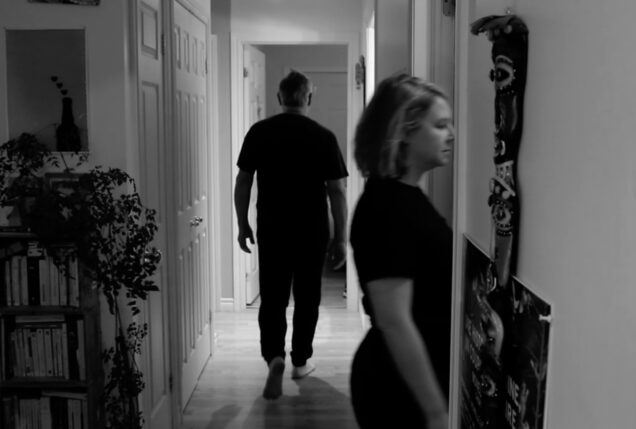
What stimulates you most about your practice?
Creation is quite stimulating. From the first idea to the final product, there's a world of difference. The first spark is always very exciting. There's a world of possibility to discover and explore. I go through different mental and emotional phases, from excitement to doubt to discouragement. And, at some point in the process, creation emerges from the fog. I think it's that moment that fascinates me the most when I discover the work.
How has living and working in New Brunswick helped and/or inspired you on your journey?
When I moved back here to New Brunswick in 2009, I had stopped dancing for a variety of reasons, including a back injury.
Although I live far from major urban centers, there are a multitude of artists in my region. I soon found myself exploring with some of them, including musicians and visual artists. It gave me a taste for delving into creation and trying things out. So, it was here, at home in New Brunswick, that I became a choreographer. It's a small milieu, there are fewer resources, and yet creation unfolds here.
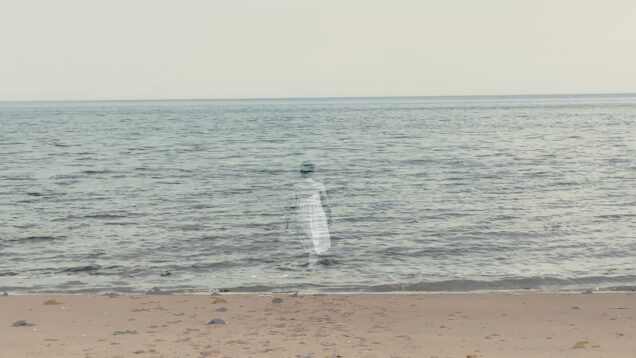
What motivates your creativity?
One day, I was moved by the sight of an elderly woman dancing. Through her slightly bent body and her lost suppleness, I sensed a whole history imbued in her. From that moment on, I had the idea of exploring dance not in the performative aspect of movement, but in presence.
The body has a history. No matter how much we want to magnify it, to change it, we can't erase our experiences. Experiences are hidden in our muscles, on our skin, in our posture.
What happens to the body if I impose a movement on it, add to that an orientation in space and an encounter with the other? For me, this is where the game begins.
And for some time now, I've been creating for video dance. This opens possibilities in terms of location. I explore choreography in different places, everyday spaces, places where gesture becomes automatic.
How does your creative process unfold as you create an artwork?
My work is based on structured improvisation. The formal process is minimalist: a simple, repetitive movement, a precise direction in space. The gesture here is raw; I don't rely on physical performance, but rather on the sum of constraints to make the body vibrate and amplify its presence.
What follows is a creative process in which gestures are added together to form tableaux. Sequences that multiply into a final choreography or video montage.
What is your long-term vision and what do you hope to achieve?
Dance and creation are an integral part of my life. Art takes me on all kinds of journeys, both inside and outside myself. I hope this will continue for as long as possible.
Why do you think it's important to make art and pursue an artistic career?
When you begin an artistic process, you can't lie to yourself. It's an encounter with ourselves that can sometimes put us through a lot, but creation frees us. I express what moves me, disturbs me, questions me, and asserts a path, my own, which I hope will resonate with others.
What have you learned about yourself and the artistic community of New Brunswick through your work?
I discovered that I needed a community to thrive as an artist. And fortunately, I've found a strong, resilient artistic community that has the desire to live and thrive here in New Brunswick. There's an effort to develop the dance milieu. Encounters and events follow one another here in the north, in Caraquet, with Obélies, a performance art and contemporary dance event. In Moncton, there's Carte Blanche Acadie, a laboratory for presenting work in progress, and the Festival Danse Atlantique. And down south, there's the Saint John Contemporary Dance Festival, among others.
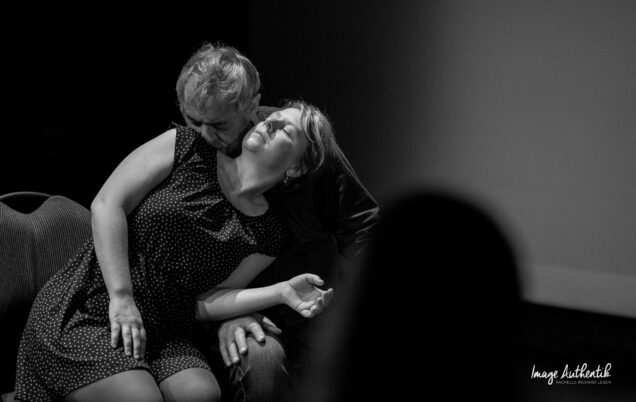
What do you think is the impact of artists' work on communities?
Art looks at the society in which we live. For some, art enables questioning, discussion, and revelation. For others, art is an escape from daily life, a way of softening it and making it bearable. Everyone finds what they need.
Describe what you are most proud of in your career.
For having dared, for having followed through on my ideas and for having remained true to myself. Despite the fears and doubts, I'm proud to have plunged into this choreographic adventure that's so much like me.
What advice would you give to emerging artists?
Not to conform and to follow your own path.
